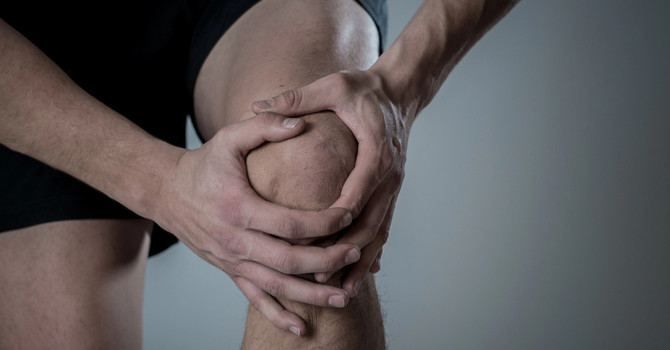
Do you find yourself struggling with lower back pain during yard work or cleanup this season? Does it hinder your ability to complete tasks? Here are ways that we can effectively treat low back pain, so you can get back to checking off those fall to-do list items...WINTER'S COMING!
Determining the Source of Low Back Pain
The first crucial step in addressing low back pain is to identify its source. We need to distinguish between whether the pain is originating from a nerve or if it's more simply an overuse injury. During the subjective part of our examination, we ask questions like, "Does the pain travel down your leg, or does it stay in the lower back?"
If the pain radiates into the buttocks or further down the leg, it could indicate nerve involvement. To confirm this, one thing we can do is perform slump test. This involves a patient sitting and flexing their foot while looking down, creating maximum tension on the sciatic nerve. Any irritation or pain during this test suggests nerve involvement.
Assessing Muscle Strength
After establishing nerve involvement, we assess whether it affects muscle strength in the legs. We ask questions such as, "Do you notice any changes in your walking or any differences in strength?" This helps us gauge the extent of the issue. Specific muscle tests we do to test each nerve from the low back each of which control different movements in the leg. We test to ensure that muscle strength remains consistent.
Checking Range of Motion
Another critical aspect of our assessment involves checking the range of motion. We ask the patient to bend forward, backward, and from side to side, noting when the pain increases. This helps us pinpoint the exact range of motion that triggers discomfort and also understand what tissue may be involved in your pain.
Introducing Exercises for Relief
To address the issue, we introduce specific exercises tailored to the patient's condition. These exercises are designed to alleviate discomfort and improve mobility. For example, we might have the patient perform a series of controlled presses to help reduce pain.
Monitoring Progress
Throughout the assessment, we continuously monitor the patient's progress. After performing the exercises, we reevaluated their range of motion to see if there were any improvements. A positive change in mobility suggests that the patient may have a derangement, which is a common issue that can be effectively treated.
Examples of Effective Exercises
Let's explore a set of exercises designed to enhance the resilience of your lower back.
-
Chinese Plank
To get started, you'll need two objects of equal height. At our office, we use a box and a table, but at home, you can use a couch and a chair or even an ottoman. The key is to have two objects at the same level. Lie down with your feet up and your upper back supported. If your head is too elevated and uncomfortable, you can use a pillow for support. The crucial part is lifting your hips, as to not let them sag, to activate your back side muscles in the lower back, glute and hamstrings.
-
Loaded March
Hold a weight in each hand, and then slowly and controlled lift and lower one leg at a time. To maintain proper form, ensure you don't lean forward or sway side to side. Imagine you're holding buckets of water and you dont want to splash the water! This exercise, also known as the Farmer's Carry, is ideal for strengthening your core and lower back. For an added challenge, you can reduce it to just one hand weight or different weights in each hand, thus intensifying the workout.
-
Hip Hinge Exercise
This exercise will help your lower back endure long periods of flexion. To begin, place your calves against a box and imagine you're holding groceries. Your goal is to close a car door using your buttocks. As you can see, this is an effective hip hinge. Once you've mastered this form, you can start adding weights for an even more beneficial workout.
3 Big Tips
In addition to the proper assessment and exercises of the low back, here are three valuable tips to help decrease your back pain:
- Pace Yourself: Don't rush into yard work too hastily. Consider breaking your tasks into sessions, with one in the morning and another in the afternoon. This approach helps prevent overexertion.
- Take Regular Breaks: Raking often involves bending over repeatedly, which can strain your lower back. To counter this, take short breaks and perform slow, controlled lumbar extensions to maximize your range of motion. Think of it as a refreshing break for your lower back after each period of raking.
- Utilize Both Sides: While you may have a preference for one direction, make an effort to switch sides periodically. This ensures that both sides of your lower back get a workout, reducing the risk of strain and fatigue. Remember, giving your body a chance to rest on one side while using the other is key to avoiding overexertion.
By following these three tips, you can minimize the risk of lower back pain while raking and make your yard cleanup more enjoyable and pain-free.
Don't let low back pain hold you back—reach out today, and let us help you get back on track!





